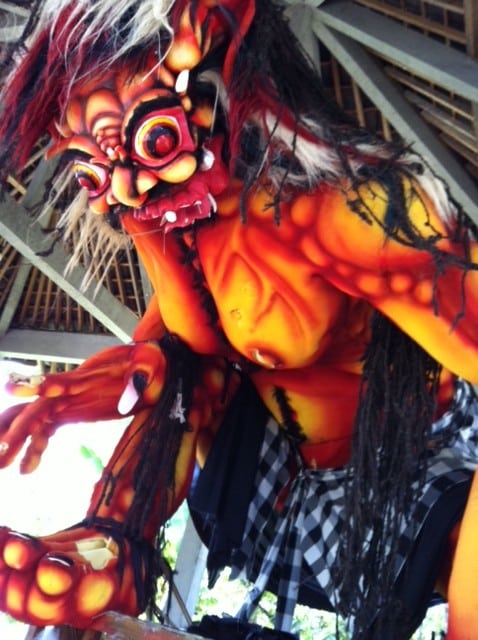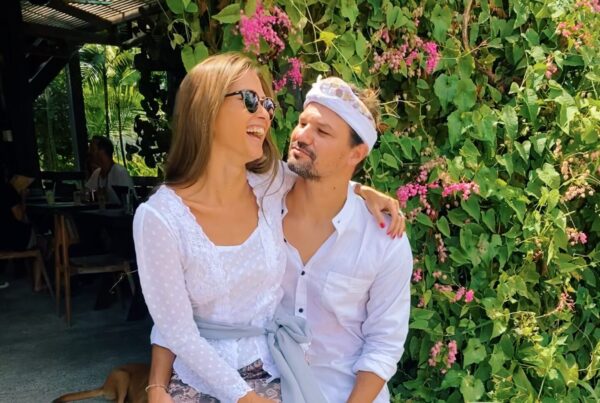For something very different, we have to go back 12 years, to when the Green School was just two years old, and this Australian family had a magical experience living in Ubud and attending the school. I know Nicole who answered the interview on behlaf of the family, loved the opportunity to reflect and and share these special memories.
Meet: At the time in 2010, Derek – 48, myself Nicole – 40 and our almost 4 year old, Crusoe, headed to Bali for 3 months.
Following that, Alura (aged 10) and Dyon (aged 13) – Derek’s older kids – joined us for the following year.
Originally from: Sydney, Australia
Arrived in Bali: In 2010 with the intention of staying 3 months, which grew to 15 months!
What made you move to Bali?
We were exiting the clutches of corporate life in Sydney and wanted to take a break. A three month sabbatical of sorts.
Back in 2009, a friend came over for dinner and started speaking of a school there. ‘Green School. What’s that?’ I asked, as he searched his phone for photos to show us the architecture of a school he visited just out of Ubud, Bali. His collection of photos showed buildings entirely made out of bamboo, built in the jungle like open-air castles. He had photos of kids tucking into organic lunches grown on the property and even photos of the clever pit toilets, which ticked the boxes of form and function. I was nothing short of captivated.
So it was Green School that became the drawcard for our family to live differently for a few months, with a major focus on being connected to nature.
We set about putting our Sydney life on hold. We rented our apartment out, which financed our trip, packed up some of our most personal treasures, and stashed dozens of boxes in the garage. We enrolled Crusoe in Kindy at Green School for one term (I’m not sure if they still allow that now). We scoured websites to find a rental property in Ubud, hired a car through Bali-Car-Finder, booked our flights and planned where we would travel in and around Bali.

Where was home in Bali and why did you decide to live there?
We knew that we wanted to live either in Ubud or by the coast. Given the location of Green School, both options are possible. But Ubud’s vivid green really influenced us to retreat to the hills.
We started out living in a villa in Sayan, one of the areas that make up Ubud. It was lovely and had the feeling of being on a permanent holiday, but over time, we were more interested in feeling involved and connected, not retreating.
Once we decided to stay in Bali for longer, we spent a few months living on the property of Bambu Indah, again in Sayan. Google it – it is insanely incredible.
For the final six months when all the kids were attending Green School, we moved onto an ashram property and a three-storey bamboo ‘cathedral’ became home. It was in Nyuh Kuning, on the far side of Ubud’s famous Monkey Forest and we were far more connected to village life. What we loved about being in Nyuh Kuning was that we were less reliant on transport.
Describe how your children experienced the green school and living in bali.
Crusoe was so little when we were in Bali, but he loved the motorbike rides to Green School with his Dad; the daily sightings of frogs, snakes and lizards. He loved all the animals on the campus, the over-sized swings, the extremely playful teachers, kids from all around the world and the Friday performances at school. He loved that his Mum went in the mudpit with him (see the photo!)! He loved the enormous paper-mâché Ogoh Ogohs that he would see hung around the streets on the way to and from school. It was an entirely captivating time for him.
As I said, the school became the epicentre of our time in Bali, partly because Derek and I were enlisted to conduct a probono piece of strategic research on behalf of the school. (In 2010, the school was still in its infancy, but was growing exponentially. Green School received so much positive international press–including being named ‘the greenest school on earth,’ yet it was experiencing growing pains and having difficulty holding families and struggling to meet the expectations of such a diverse pool of international people. Derek and I were charged with succinctly defining and prioritising the issues from the perspective of the school parent community and balancing that with solutions that were feasible and would support growth. This was just the sort of issue we used to be commissioned to understand back in Sydney). The two of us hung around the school warung for a few weeks interviewing parents, teachers and members of the school management team.
In this research we uncovered just how utopian Green School (and Bali in general) appeared to newcomers. An architecturally-magnificent school in the middle of the jungle, which taught and cared for the whole child and the environment. It offered cleaner air than schools in other Asian countries, healthier food than any American school, the warmth craved by many Northern Europeans and the freedom from the kind of narrow-focused school curricula offered the world over.
Our experience was very school centric and a lovely connected time for Derek, Crusoe and I. I guess though, it wasn’t really a holiday for us!
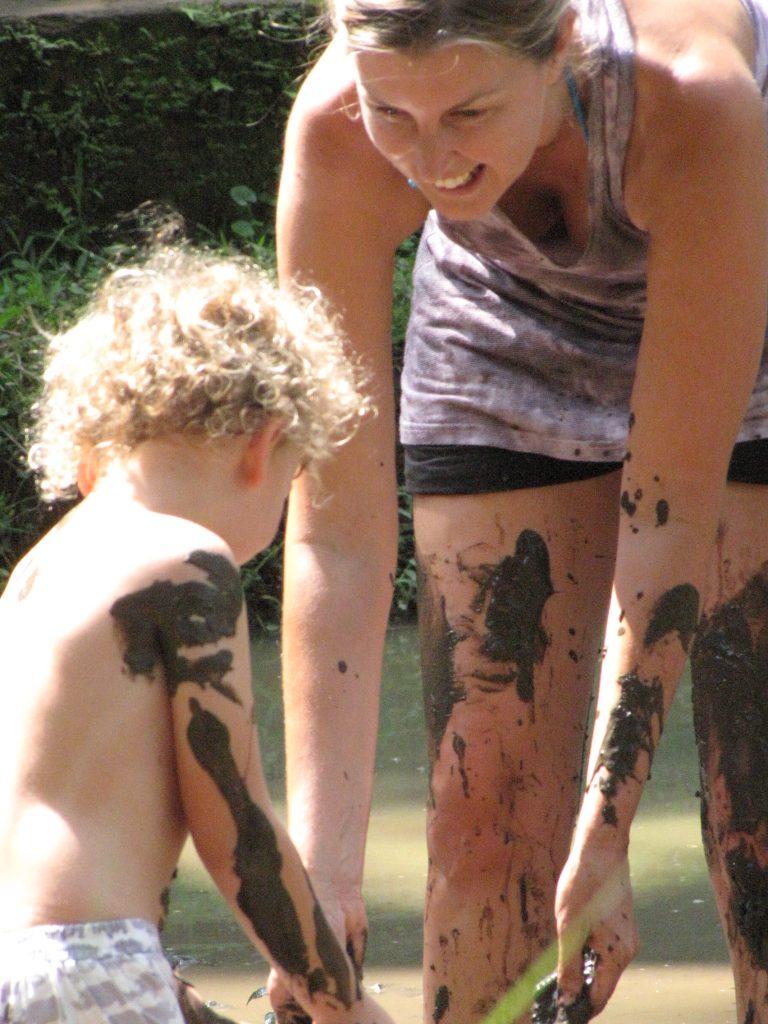
What was the expat community like- was it hard making friends?
It was quite easy to connect to the Green School community. There was an open-air warung at the school serving coffee and mango smoothies, and offered free wifi to encourage parents to hang around so you got to recognise people and see them out and about.
Even still, friendships take time and there were definitely times / days / weekends of not having a wider family and friends network around, and wondering what to do with ourselves. We would say yes to pretty much any and every invitation!
We joined yoga and kirtan sessions, cooking classes, cross-country biking and supported local events too, which again, helped us connect with certain families.
Eventually I joined a women’s circle, which would meet once a week and I found that AMAZING. It was the sort of thing I would normally shy away from, but it felt right to go deeper when in Bali.
In addition, some other families from Sydney arrived, and we became tight friends. We also made friends with the owners of a beautiful soul jewelry company, named Shivaloka. And now, some of the closest friendships I have from those days in Bali are with some of the local Balinese.
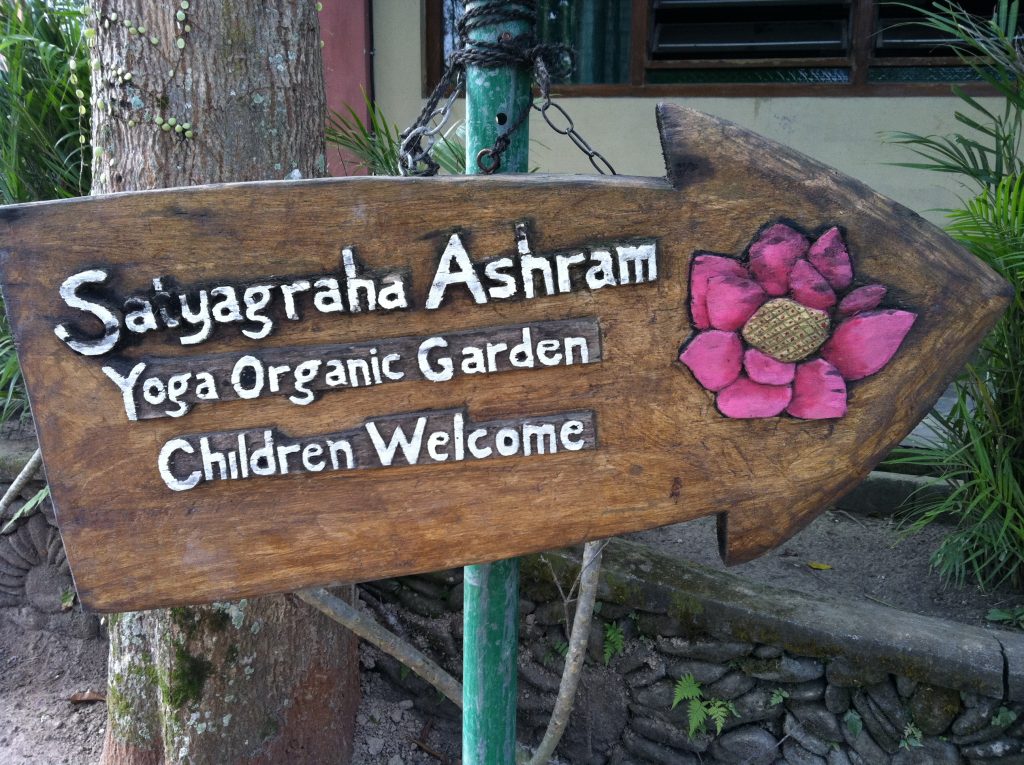
What were the biggest challenges you Found living in Bali?
For me, it was the over-development and pollution. I saw it as the ‘beast’ that sat next to the ‘beauty’ of Bali. The natural splendour of the island is literally sinking under the weight of beastly rubbish. I recall walking along a small street in Ubud and stopped at a billboard pronouncing a new villa development. Just behind the billboard was a cluster of 44-gallon drums alight with plastic bags burning, spewing out an asthma-inducing, toxic smog. That sort of backyard burn off was outlawed decades before in Australia.
Likewise, on Menjangan Island, a national park and marine sanctuary in North West Bali, we enjoyed the most gob-smackingly gorgeous snorkelling among magnificent coral and fish life which plunged into a sudden abyss. It was true beauty. Then, on the same stretch of coast, just 100 metres up the beach and around a bend, we picked up 5 enormous bags of rubbish in no more than 15 minutes. The rubbish had been riding the tides between Bali and Java. Most of the ubiquitous global brands of drinks and snacks were very well represented. In the water, the floating plastic bags appeared to any hungry turtle like a delicious meal of jellyfish. With every plastic bag we picked up I thought about a turtle breathing and digesting easier, and hopefully surviving.
It is thrilling to more recently see the creation of lots of recycling, upcycling and reusing businesses in Bali, with the aim of creating less waste. In addition, simple substitutes are being rediscovered; things like using bamboo or water reeds instead of plastic straws, and a revival in banana leaves being used instead of plastic takeaway containers by some warungs. Groups like Bye Bye Plastic Bags and Eco Bali Recycling are active in cleaning up, reducing waste and educating people about waste management.
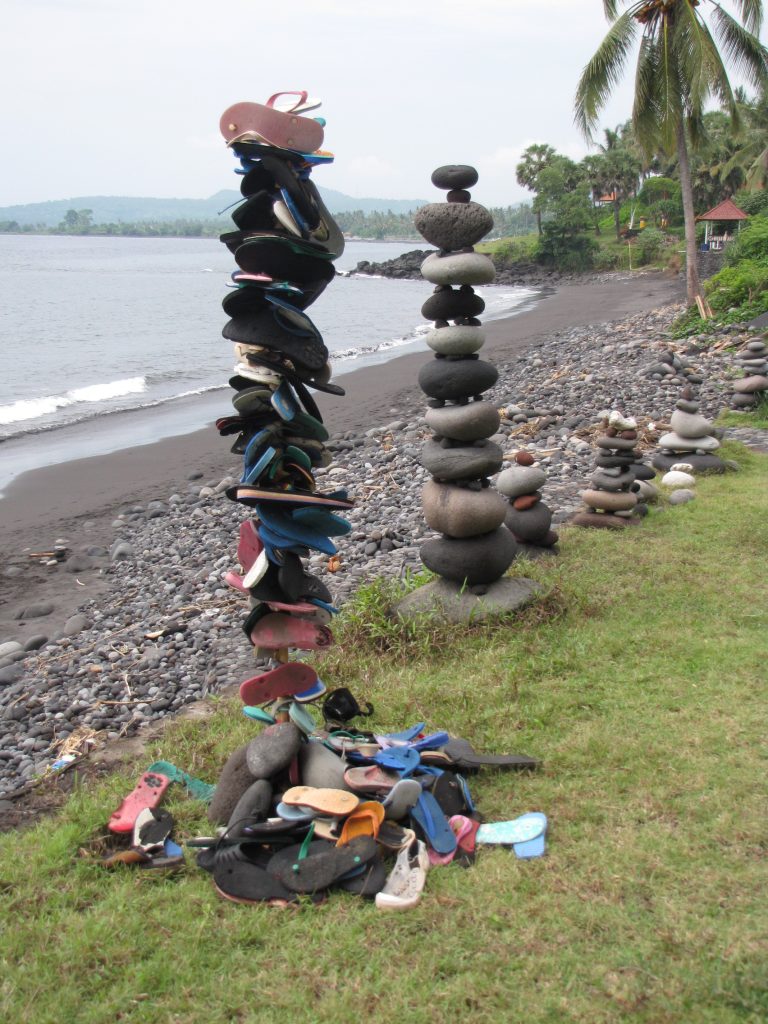
How did you find healthcare? Did you feel safe?
We took out travel insurance, but we were pretty fortunate in terms of health and possessions.
I think Crusoe copped it the worst in our family. He contracted hand, foot and mouth virus and I can still remember his blistered and raw mouth. He was off school for 10 days with that.
He also had an extreme fever, and we needed to race him to Denpasar Hospital in the wee hours of one morning. That was another long slow recovery.
Alura has always been a mosquito magnet and no matter how much lotion she applied or how well covered the mosquito net was, they still bite her and could get quite infected. We all copped water-based tummy bugs. I suffered from thrush! And Derek and I hurt ourselves doing yoga more than any other activity!
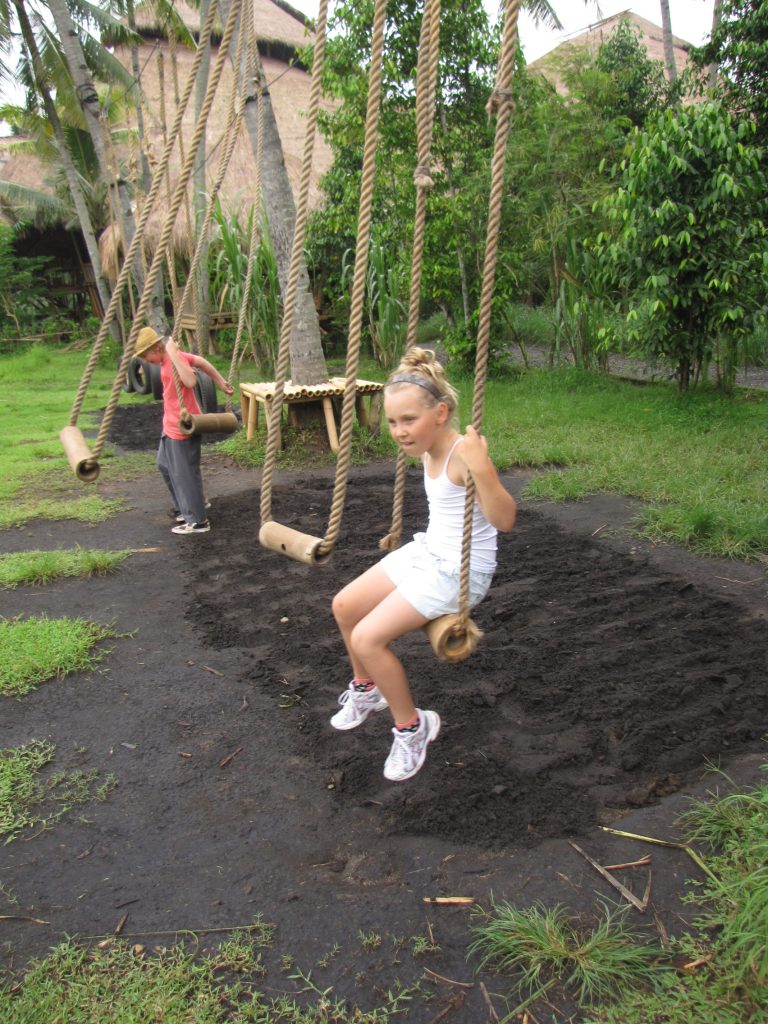
How do you get around Bali?
We hired a car and pretty quickly got ourselves a scooter too.
What was the best thing about living in Bali?
We found the access to all sorts of healers super fun! We would enjoy regular massages and the five of us would sometimes head off for an afternoon of $7 hour-long massages together. Healers of all kinds are just so available in Bali. The island is known to be an epicentre of energetic forces, and it seems to attract therapists of all modalities to the island. Derek and I were walked on, had wooden sticks stuck between toes to the song of our excruciating agony, we drank tonics as well as immersing ourselves several times in the healing waters at Tempak Siring, all in the name of good health. We visited Tjok the homeopath (who also happens to be the Prince of Ubud), to help with everything from sore stomachs, to motorbike burns, to infected mosquito bites. Most of these visits were like little adventures really, to find ways to help our bodies and/or minds but also to immerse ourselves in the culture of Bali.
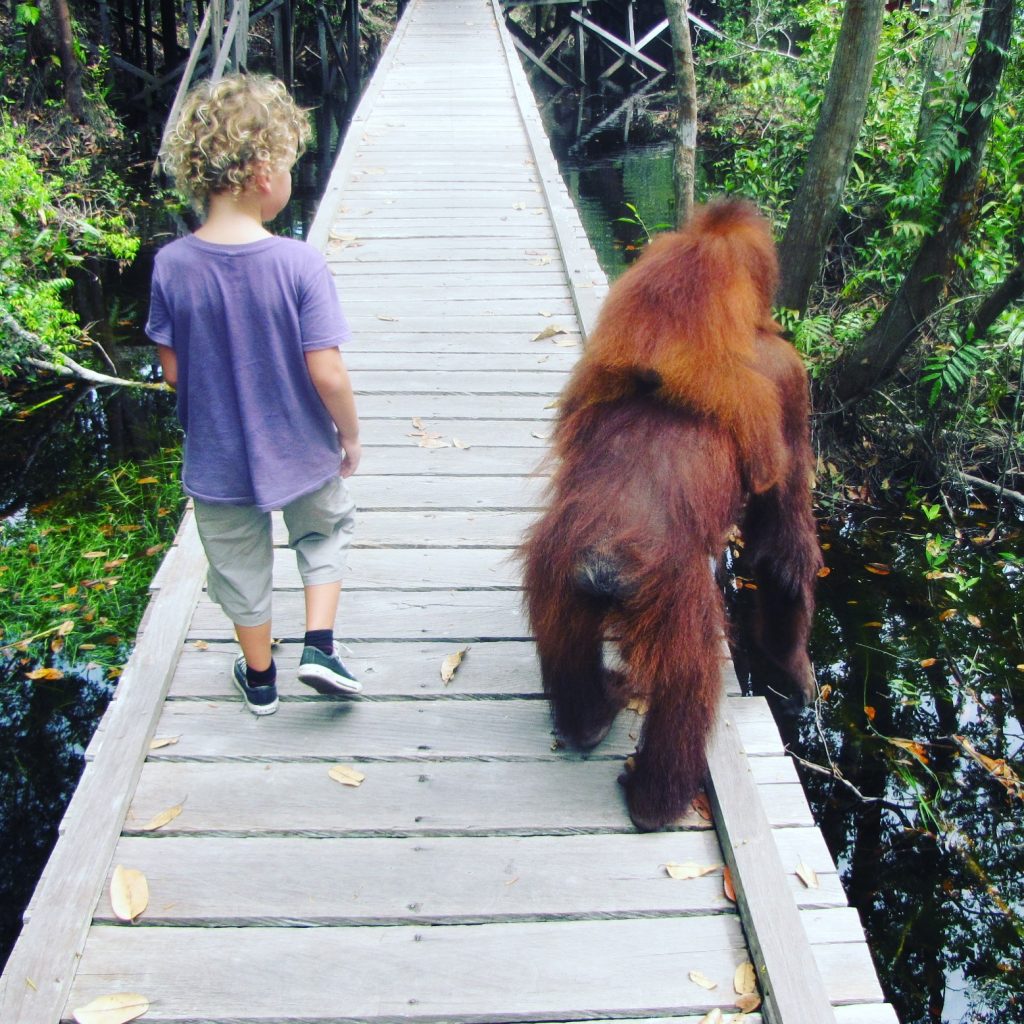
What advice do you have for other families making the move to Bali?
I strongly recommend exploring the whole of Bali and also other islands in the Indonesian archipelago. There is so much geographic diversity for such a small island. Read, study and try and look beyond the tourist facade to the fascinating culture of the island. Explore aspects of physical, mental and spiritual health while you are there.
Is there anything else you would like to share that I haven’t asked?
Bali draws people from everywhere and casts a kind of magic. Sometimes that magic is black, sometimes it is sparkling white, then releases you, forever changed. The sometimes profound effect Bali can have on its visitors is thought to be influenced by the geography of the island. It is a place of shifting plates and volcanic eruptions. The island is never still: geographically it is unstable.
Bali seems to bring out the best and the worst in you. The traditional black and white checked fabric of Bali is a reference to just that: the day and the night, the New Moon and the Full Moon, the festive of Galungan and the silence of Nyepi, the good and the evil. It is said that you can’t hide your flaws in Bali; you have to deal with them.
I saw so many people go through a cycle of personal decline then personal growth, or personal growth then personal decline. Relationships flowered, relationships wilted. It really is a place that encourages major change, whether you like it or not. So strap in for a wild, wonderful ride!
